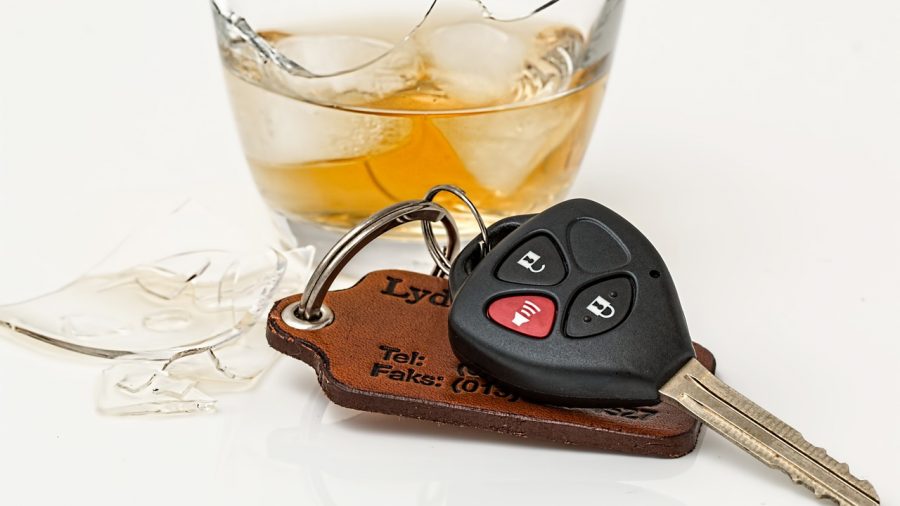Everyone has wondered whether they are over the limit to drive after a big night. But not everyone asks that question the next morning. Unfortunately, while a quarter of drinkers believe they are still over the limit, a quarter of them still choose to drive. It seems more people are drink driving.
Alcohol kills
The Sydney Morning Herald reported in 2018 the first increase in years in the number of people caught drink-driving in NSW.
People who drive knowing they have had too much to drink create these kinds of statistics:
- 14% of fatal crashes in 2017 were alcohol related
- 55 people died on NSW roads because of alcohol
- 93% of drink drivers killed were men
- 67% killed were under 40.
Sadly, 79% of alcohol-related crashes were on country roads in 2015-17. Byron Bay, Bourke and Lightning Ridge are some of the drink driving hotspots.
The big question is why anyone does it.
NRMA report
A recent survey of 1,400 NRMA members found 54% of drivers under 25 who thought they were still over the limit the next morning chose to drive. Overall, around a quarter of drivers who thought they were over the limit, got into their car the next day.
Asked why they took the risk, two thirds said work or other plans made them drive. Other reasons were:
- No other transport available (32%)
- Inconvenient to organise alternative transport (21%)
- Had to pick up my car (15%).
Of course, drinking alcohol limits your ability to make wise choices, so it’s no surprise drivers make unwise choices the next day.
Better education
A Budget Direct survey found a quarter of men have driven while drunk, compared to 16% of women. A third of men did not know the legal driving limit, compared to a fifth of women. A fifth of all drivers admitted they had driven a vehicle without knowing whether they were above the limit or not.
These results are not surprising. Even if you do know the legal limit of .05%, there is no guarantee a certain number of drinks equates to a certain level in your case. Women, for example, do not process alcohol in the same way as men but the limit is the same for them.
What can we do about it?
Trial of alco-gates
One strategy is to limit driver choices in the first place, for example, by installing alcohol interlocks in vehicles.
Now the government will trial in south Melbourne an alco-gate, a boom gate equipped with breathalysers. Based on the Swedish experience, drivers must blow into a breathalyser before the gate will let them pass. Authorities could potentially use these at sporting event and festival car parks.
Breath testing
Extraordinary news broke that Victorian Police had falsified around 250,000 breath tests across the state over the previous 5 years. Police had to raise their breath testing target from 3.2 to 4.5 million people. But to meet budget outcomes, they were not allowed to find more than 0.5% of drivers over the limit.
Officers placed a finger over the straw entry hole or blew into the straw themselves. Experienced officers taught this to new recruits. The investigation found fake breath testing is “not confined to Victoria alone”. It is not known whether NSW does this.
Setting limits
It is interesting that countries all over the world set different limits on how much alcohol is acceptable to drive. For example, USA, Britain, Singapore have a higher legal limit of .08%. Does that mean people in those countries are driving dangerously intoxicated?
While most of Europe has the same limit as Australia (.05%), Sweden’s is only 0.02% and Czech Republic has zero tolerance of alcohol.
With zero tolerance for learners and P platers in Australia, does that mean more experienced drivers are safe to have alcohol and drive? Should limits in Australia be lowered? Or should there be more ways to prevent drunk drivers from driving in the first place?
There must be other creative ways of addressing drink driving. Perhaps some entrepreneur could find a way to subsidise a transport service in country areas, and provide much-needed work for taxi drivers.


your opinion matters: